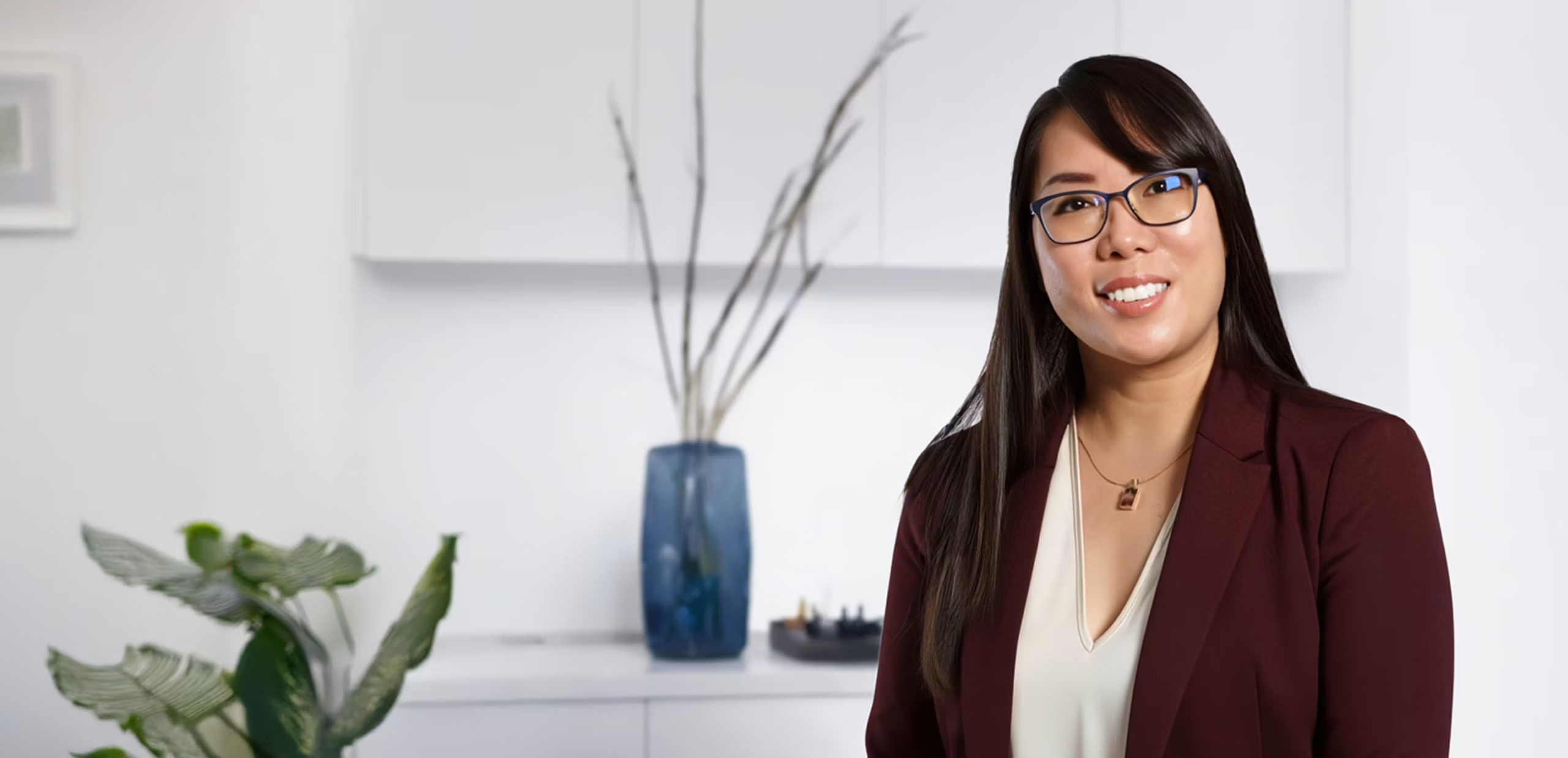Have you ever wondered how something as simple as the pillow you choose could impact your facelift recovery? The right choice can make a world of difference for your recovery process, influencing sleep quality, comfort, and support, and even helping you achieve optimal healing after your procedure.
When you invest in the right pillow, you’re not just buying a place to rest your head—you’re setting yourself up for an easier journey ahead. The right facelift recovery pillows can help you adapt to a new sleeping position, protect delicate facial tissues, and keep you comfortable as your body heals.

What is the Best Pillow to Use After a Facelift?
The best pillow to use after a facelift depends on a few key factors, which we’ll discuss later in this article. However, as a general guideline, you’ll want something that prevents you from rolling over during the night while providing proper support. A neck contour pillow or a wedge pillow is often the go-to choice for many patients.
These supportive pillow options help maintain your posture, reduce strain on healing tissues, and make it easier to adjust to your new sleeping position. By limiting movement during the night, you give yourself the best chance at restful sleep and smoother healing.
What to Look for in a Facelift Surgery Recovery Pillow
During bedtime, standard pillows and even many traditional pillows often fail to provide the targeted support needed after surgery. They may allow too much movement or fail to keep your head elevated, potentially slowing healing. A specialized recovery pillow, however, is designed to maintain proper alignment, control swelling, and reduce pressure points—features we’ll explain in detail below.
Swelling Control
After a facelift, controlling swelling and bruising is a top priority for ensuring comfort and promoting optimal healing. Specialized recovery pillows are designed to gently cradle the head and neck, minimizing pressure on delicate facial tissues. By keeping the head elevated, these pillows help reduce fluid buildup in surgical areas, leading to a smoother recovery and improved overall comfort during rest.
Elevation
Maintaining an elevated head position is one of the most effective ways to promote proper healing after a facelift. Specialized recovery pillows, such as wedge designs, support not just the head but the entire upper body, helping to reduce fluid retention and minimize discomfort. This positioning also decreases tension on surgical sites, aiding in faster recovery and more restful sleep.
Pressure Reduction
Protecting healing tissues from unnecessary strain is essential during the recovery phase. Specialized pillows offer gentle support that helps distribute weight evenly, avoiding pressure on sensitive areas. This is especially important for safeguarding sutures and ensuring they are not disturbed while you rest, allowing surgical areas to mend more efficiently.
Comfort
True comfort during recovery comes from more than just softness—it’s about maintaining proper neck and head alignment to avoid stiffness and pain. The best recovery pillows are designed to cradle the natural curve of your neck and provide balanced support for your neck and shoulders. This thoughtful design minimizes muscle tension, enhances relaxation, and allows you to rest peacefully while your body focuses on healing.
Types of Facelift Recovery Pillows
Finding the right recovery pillow often means exploring designs that go far beyond regular pillows. Each type offers distinct advantages for post-surgery care, from improving head and neck positioning to reducing swelling and keeping you comfortable throughout the night. Below, we’ll outline some of the most common and effective pillow styles for facelift recovery so you can choose the one that best meets your needs.

Wedge Pillows
One of the most popular and effective options, wedge pillows provide a gradual slope that supports both the head and upper body. This elevated position helps reduce swelling, improve circulation, and keep you from rolling onto your side during sleep. Wedge pillows are also versatile, offering stability while maintaining comfort, making them a go-to choice for many facelift patients.

Neck-Cradling Cushions
Broader in design but equally effective, neck-cradling cushions are shaped to support the natural curve of your neck and stabilize your head throughout the night. Unlike a standard neck pillow, these cushions are often contoured to prevent unwanted movement and maintain proper alignment. This style is ideal for patients who prefer a softer feel while still getting the firm, targeted support needed during facelift recovery.
“Husband” Pillows
While not the best choice for sleeping after a facelift, “husband” pillows can still be quite useful during recovery. These large, upright cushions with armrests provide excellent back support, making them ideal for reading, watching TV, or relaxing in bed without straining your neck or facial area. However, they don’t prevent head tilts or offer significant neck stabilization, so they work best as a comfort aid rather than a primary recovery pillow.
Airline-Style Pillows
Shaped like a “U” to wrap around the neck, airline-style pillows are designed to prevent your head from tilting sideways while resting in an upright position. They can be especially useful when combined with a wedge pillow or recliner, helping keep your head stable and reducing the risk of accidental turning during sleep. While not a complete solution on their own, they provide valuable supplemental support for maintaining a secure and comfortable position during facelift recovery.
Side-Sleeping Pillows (with face cutouts)
Although more niche for facelift recovery, side-sleeping pillows with face cutouts can be helpful in certain situations. They are designed to allow you to rest on your side without placing pressure on your face, making them more common after ear or eyelid surgeries. Some facelift patients may benefit from them in later recovery stages, but many surgeons recommend upright positioning in the early phase to protect healing tissues and avoid swelling. Used at the right time, they can offer a comfortable alternative while still minimizing facial contact.
Memory Foam Pillows
Rather than a specific pillow style, memory foam is a material used in many different pillow designs to enhance comfort and support. Its ability to conform to the shape of your head and neck can help maintain proper alignment, reduce pressure on sensitive facial areas, and improve overall restfulness during recovery. Whether in a wedge, contour, or neck-cradling pillow, memory foam can offer a customized feel that adapts to your needs as you heal.
Down Pillows
Similar to memory foam, down refers to the material rather than a distinct pillow style. Down pillows are considered a standard in many households and are valued for their softness and luxury feel. However, regular “every night” pillows made with down often lack the structure needed for facelift recovery—they typically don’t support the neck adequately or prevent unwanted movement during sleep. While comfortable, they are best reserved for later in the recovery process when stability is less critical.
patient results
* All patients are unique and individual results may vary.
Tips for a Smooth Healing Process After Any Facial Surgery
Recovering from facial surgery is a delicate time, and small lifestyle adjustments can make a big difference in promoting proper healing. Incorporating simple, mindful practices into your daily routine will help you feel more comfortable and support your body’s natural recovery process.
- Follow your surgeon’s aftercare instructions closely – These are tailored to your specific procedure and recovery needs, ensuring the best outcomes.
- Maintain a healthy sleep routine – Use your recovery pillow consistently to protect surgical areas and improve rest quality.
- Incorporate gentle stretching – When approved by your surgeon, light movements can help improve circulation and reduce stiffness.
- Practice relaxation techniques – Breathing exercises, meditation, or listening to calming music can lower stress and support healing.
- Stay hydrated and eat nutrient-rich foods – Proper nutrition fuels recovery and boosts overall health.
Schedule a Consultation With a Facial Plastic Surgeon
Choosing an experienced specialist for your facelift is just as important as finding the right pillow for your recovery. A skilled surgeon understands the nuances of the healing process and can provide tailored guidance to ensure you experience optimal results.
Dr. Joanna Kam is a double-board-certified expert in facial plastic surgery and otolaryngology-head and neck surgery. Renowned for her expertise in aesthetic rejuvenation, facial reconstruction after skin cancer removal, and cosmetic rhinoplasty, she brings both precision and artistry to every procedure. Call us at 856-565-2903 or visit our contact page to schedule a consultation.




